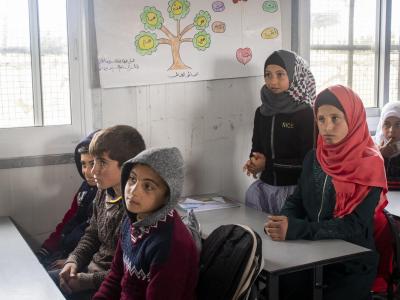press release / April 17, 2025
Climate, conflict and hunger create spiralling crisis for world’s most vulnerable
Climate change, conflict, and hunger are creating a crisis for the world's most vulnerable, with nearly 90% seeing climate change as a serious threat.
press release / April 24, 2025
Monsoon season escalates crisis for children affected by the Myanmar Earthquake amidst logistical challenges and underfunding
Nearly one month on from Myanmar's devastating earthquake, thousands of children and their families who have lost their homes are preparing to face the imminent monsoon rains, which threaten to increase health risks and exacerbate their suffering. Their desperate situation comes as humanitarian agencies appeal for increased aid funding to address the massive shortfalls and provide essential support to those in need.
article / April 2, 2025
Forced to Flee: Mother and Children Caught in the Earth Quake Crisis
World Vision Ethiopia with funding from the World Food Programme (WFP), has been distributing emergency food assistance to the affected communities.
publication / April 9, 2025
Towards continued EU's commitment to Education in Emergencies
Humanitarian organisations urge continued EU leadership on education in emergencies.
opinion / March 18, 2025
Hope in Crisis: Reflections from Tigray
After a visit to a region struggling with poverty and conflict, Amanda Rives makes a passionate appeal for a system that has saved countless millions of lives over the decades.
article / March 21, 2025
Turning Crisis into Hope
World Vision restored Abu Hasheem's water station, providing safe water to 7,600 residents and 2,100 IDPs, easing their struggle for clean water.
press release / March 10, 2025
Syria’s 14 Years: A hidden crisis in children’s lives
On 15 March 2025, the devastating Syria crisis turns 14 years. A recent assessment by various agencies revealed the severe impact of the crisis on children's mental health and education.
opinion / March 18, 2025
Centring women in crisis: Strengthening communities through cash assistance
Ghida Krisht shares a new perspective from recent research that resilience is as much about the collective as it is about the individual
publication / February 14, 2025
Response Profile: World Vision Ukraine Crisis Response
Profile: Ukraine Crisis Response








